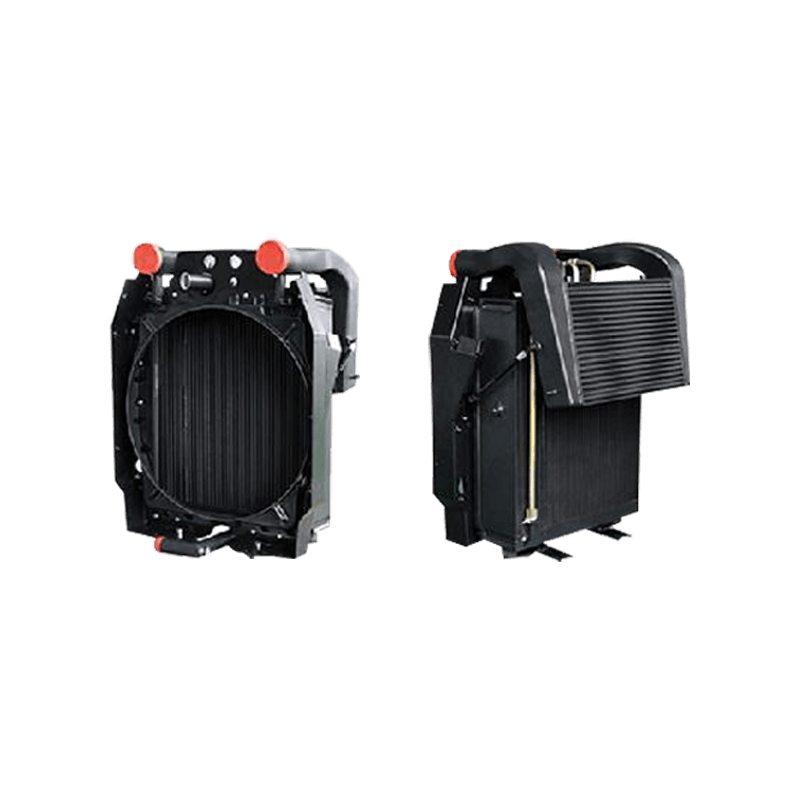 +86-13812067828
+86-13812067828
Agricultural machinery heat exchangers serve a crucial role by maintaining optimal temperatures in demanding farming environments. Selecting the right materials for these components requires careful consideration of thermal conductivity, corrosion resistance, and mechanical strength to ensure efficiency and longevity. Aluminum, copper, and stainless steel remain the most common materials, each offering a unique combination of properties suited to different operational demands.
Aluminum stands out due to its excellent heat transfer capabilities combined with lightweight characteristics. This metal allows for faster dissipation of heat from engine coolants or hydraulic fluids, improving overall system efficiency. Additionally, its relatively low cost and good corrosion resistance make aluminum a popular choice for many agricultural applications. However, aluminum can be vulnerable to damage from abrasive particles commonly found in outdoor environments, which manufacturers must account for in design and protective coatings.
Copper, known for its superior thermal conductivity, transfers heat more efficiently than aluminum, making it ideal for situations requiring rapid cooling. Its natural resistance to biofouling and corrosion in various fluids extends the life of heat exchangers, especially in irrigation systems and machinery operating near water sources. Despite these advantages, copper is heavier and more expensive, which can limit its use to specialized components where performance benefits justify the cost.
Stainless steel combines moderate thermal conductivity with outstanding mechanical strength and corrosion resistance, particularly against chemicals and moisture. Agricultural machinery often encounters acidic or contaminated fluids that could degrade other metals; stainless steel resists these conditions, providing durability and reduced maintenance needs. The material’s toughness also helps heat exchangers withstand vibrations and shocks common in rugged farm equipment, enhancing reliability over extended periods.

Surface treatments and coatings further enhance material performance. Anodizing aluminum improves corrosion resistance and hardness, extending heat exchanger life in harsh conditions. Similarly, protective plating or polymer coatings on copper and stainless steel reduce oxidation and chemical damage, helping maintain efficient heat transfer over time. These treatments are critical for heat exchangers used in dusty fields, wet environments, or where exposure to fertilizers and pesticides is frequent.
Design engineers must carefully match material choice to specific agricultural machinery requirements. Factors such as operating temperature ranges, fluid types, and exposure to contaminants influence the optimal balance between thermal efficiency and durability. Customizing heat exchangers with the right materials and protective measures ensures agricultural equipment runs smoothly, avoids overheating, and reduces downtime in the field.
As a manufacturer, we understand the importance of combining material science with practical design to deliver agricultural machinery heat exchangers that withstand tough conditions while maximizing performance. Choosing the proper materials is not just about heat transfer—it impacts fuel efficiency, component longevity, and overall operational costs. Our expertise allows us to offer tailored solutions that meet the specific needs of farming professionals, helping their machinery perform reliably season after season.
Investing in high-quality, well-designed heat exchangers with thoughtfully selected materials is key to achieving efficient thermal management in agricultural machinery. This focus ultimately supports farmers by enhancing equipment uptime and reducing maintenance expenses, making every operation more productive and cost-effective.